I recently came across an article written in Forbes focusing on how this pandemic is effecting the landscape of influencer marketing. How it has and will change. After reading through and nodding my head in agreement with some of the statements the author made, I also couldn’t help but think about how it still missed something huge. As an influencer and a person who has been involved in the blogging industry for over a decade, my perspective is multi layered. Like many of my peers I do wonder how this pandemic will effect influencing moving forward but I also think we need to ask more questions. My thoughts on that lie ahead.
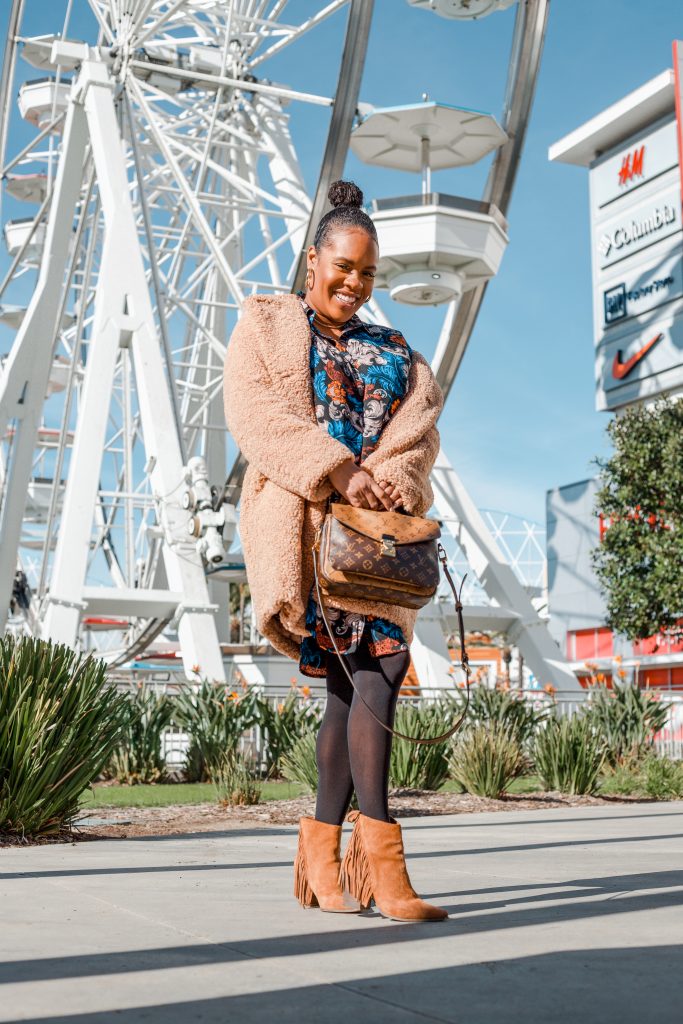
While many people find it easy to throw their distaste of this business toward those in the spotlight; the people behind the scenes pushing this sphere of advertising forward, are rarely addressed. The writer behind the article, Kian Bakhtiari notes that, “In many ways, influencer marketing has become the antithesis of authenticity, an inverse image of what captured the imagination of followers in the first place.” He’s right. Influencer marketing has become less about connecting to an audience through a person who is a part of that community and more of a popularity contest. On that we can agree. Where I want to bring some nuance is that influencers have not made this 180 shift all on their own. Since the onset of influencer marketing we’ve watched the transition from brands using celebrities to market their wares to using a more consumer to consumer approach.
For a while – it worked.
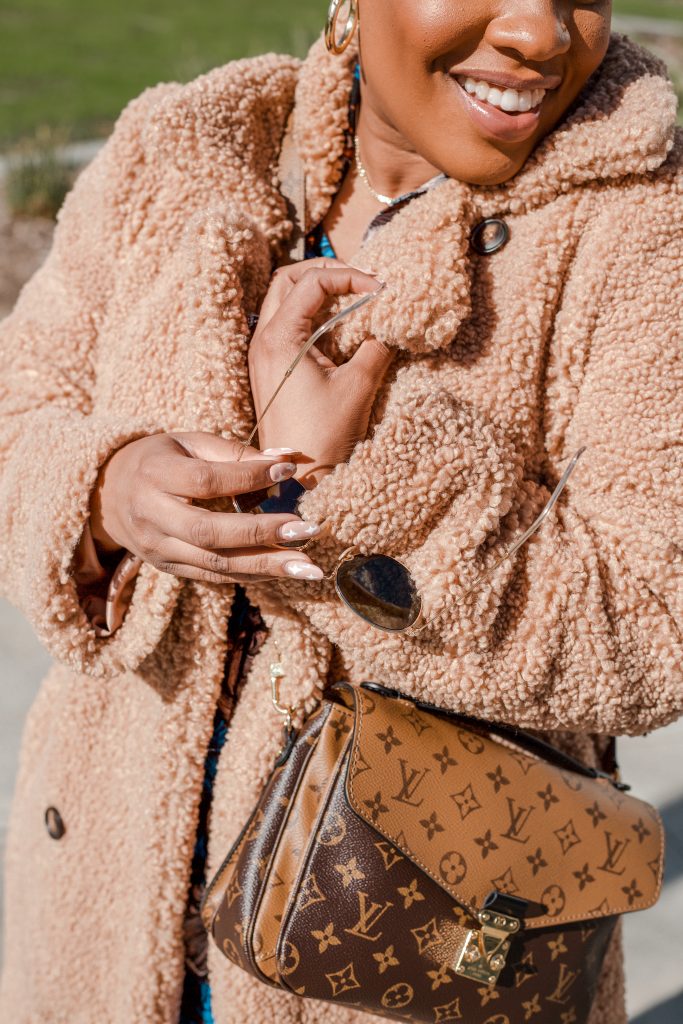
Then as time went on these consumers became celebrities in their own right…
I think about many of the OGs in blogging who I actually still keep my eye on. Jules Santana of Sincerely Jules, Aimee Song of Song of Style, and even the relatively newcomer Brittany Xavier of the formerly titled, Thrifts and Threads. What initially drew me to these ladies was their accessibility. The fact that they felt like people I could befriend if the circumstance presented itself. All natives of Los Angeles or the surrounding neighborhoods, I loved watching my city through their eyes. Enjoying seeing and noting the places they took photos and visited. I loved that I could also afford what they were wearing and gather inspiration. As the years went on that began to change.
Growth is inevitable in any industry and should be in people too. My issue here isn’t that they’ve grown. In fact that in and of itself is inspiring. The real problem with their growth is that from the outside it seems to have removed them from the thing that made them great to follow in the first place. Brittany was just another woman who had gone from being a single mother to being happily married and thriving. I can relate. What began to feel odd was seeing how she transitioned to a Chanel toting it girl who suddenly wanted to claim being Latina for clout. Something about it didn’t feel…right.
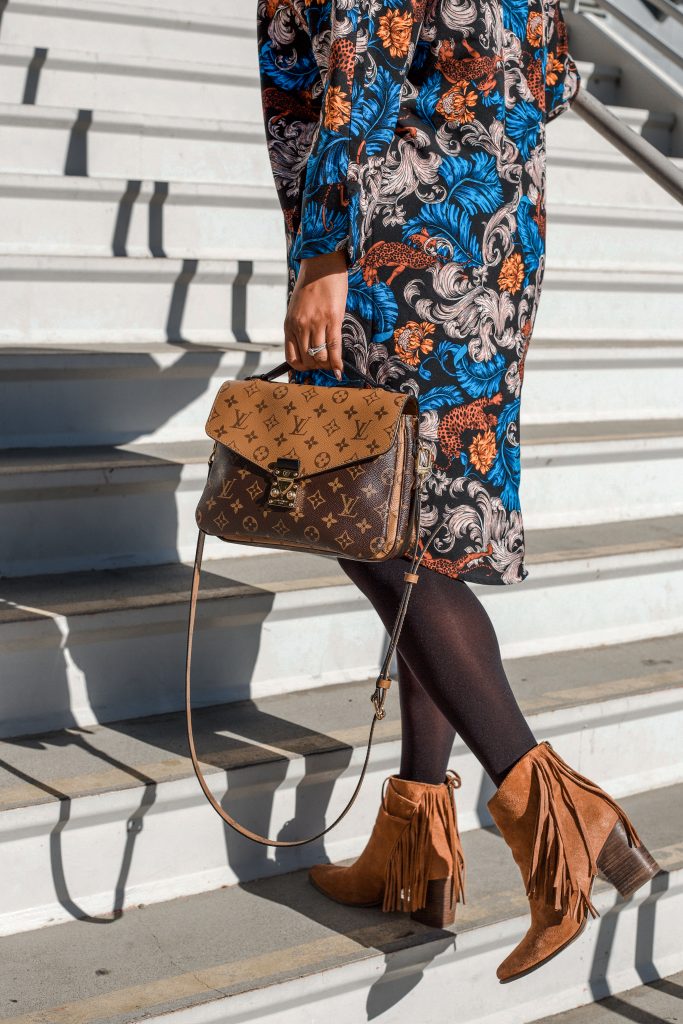

To me it read as a disingenuous way to try and maintain her approachability. An effort to jump on a movement to prove herself. Now suddenly you’re claiming allegiance to a community you never represented before? She went from thrifting to sitting frow during fashion week and wearing brands that a few years ago she couldn’t afford. Cool, but what about the original messaging? Here is where it is not wholly the fault of the creator but the fault of the brand. Like any business the bottom line is top of mind for influencers. If they are producing quality content and building an audience that listens as a result, more power to them. We want and need to be paid. But when a brand reaches out it should be looking to connect with those who share their mission. Not just aiming to capitalize off the eyes and ultimately pockets of their following.
In order to make that happen, brands have to work a bit harder. They have to be willing to look at more than a pretty face or treating influencers like models. Instead they need to understand the ethos of the influencer’s brand. What is their messaging, what part of their content has been most resonated with? Too often brands aren’t deepening their research and this results in a loss for them and the industry as a whole. By linking with someone who is not fully be a representative of their own mission devalues both parties. Now everyone looks inauthentic and the masses are taking notice.
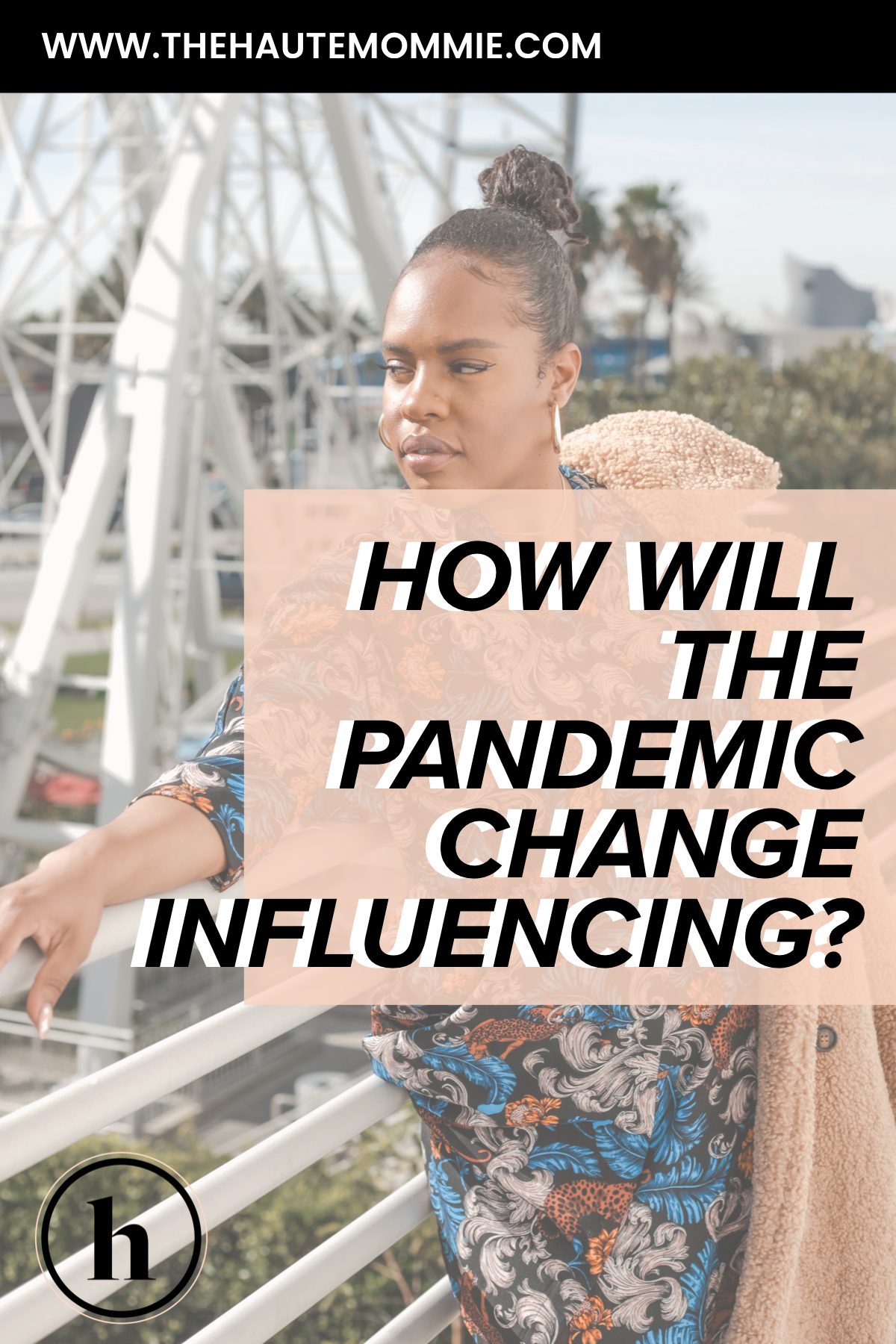
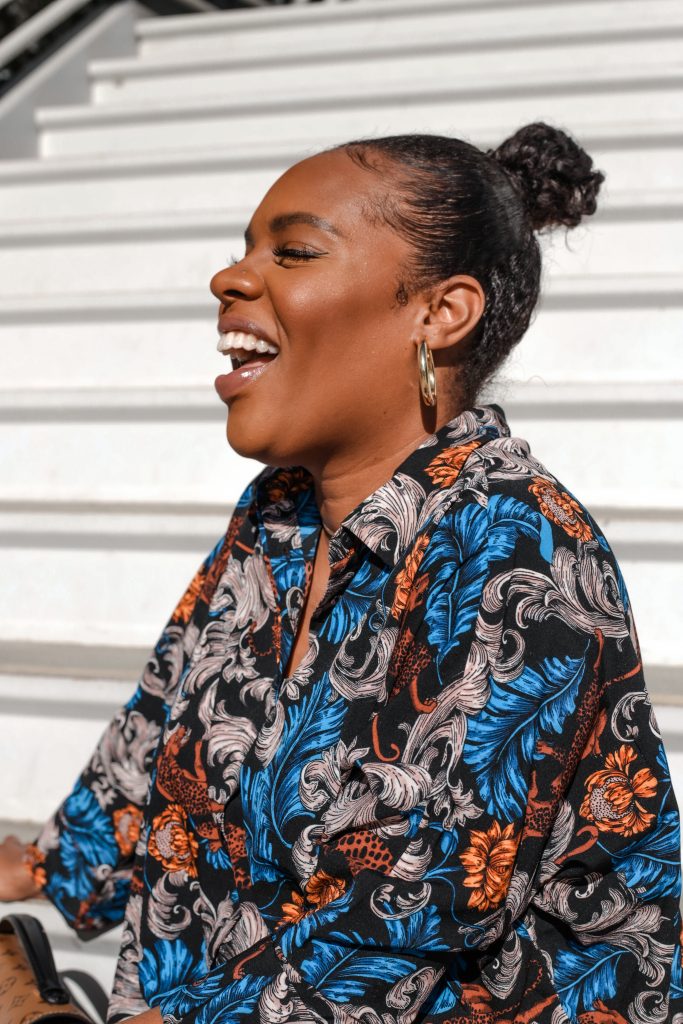
My own brand is always focused on influencing people. Especially women, primarily Black women, to pursue the life they envision. Doing that through style stories, career advice, traveling, or insight on this industry – is how I do that. I myself have gone from shopping the racks at Fallas Paredes to shopping in luxury boutiques. But whether I’m working hard to keep my fine ass in Gucci and gold or not, (15 points to whoever gets that reference), I am still focused on that purpose. When luxury comes knocking at my door to partner with me it won’t seem false or unusual, in fact it’ll make sense based on how my audience has watched me grow. Any brand wanting to work in tandem with me must fit into that original mission.
So when you see Pop Physique and McDonald’s pop up in a influencer’s feed as branded content, it does look a bit contrived. Can the two co-exist? They could, yes. Because people aren’t monolithic but the messaging is the key. This is the opportunity to get smarter. Instead of pushing their own copy and messaging, companies should be asking the influencer how they see incorporating their brand into what already exists. Anyone in this business knows that brands spend time developing creative briefs for new product launches prior to ever speaking to influencers. They have already decided what they want the person they hire to say. Ass backwards if you ask me. What these companies should be doing is laying out the needs they have for the product, then identifying influencers or creators who align with that message, and finally asking the creator how they feel they can adequately convey said points in their own way.
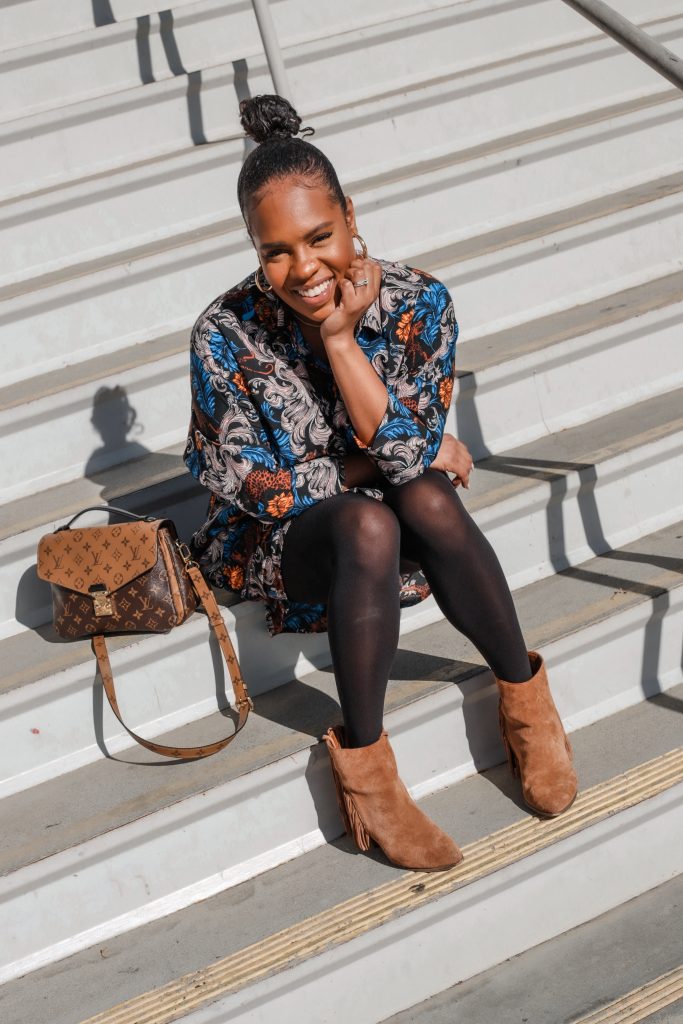
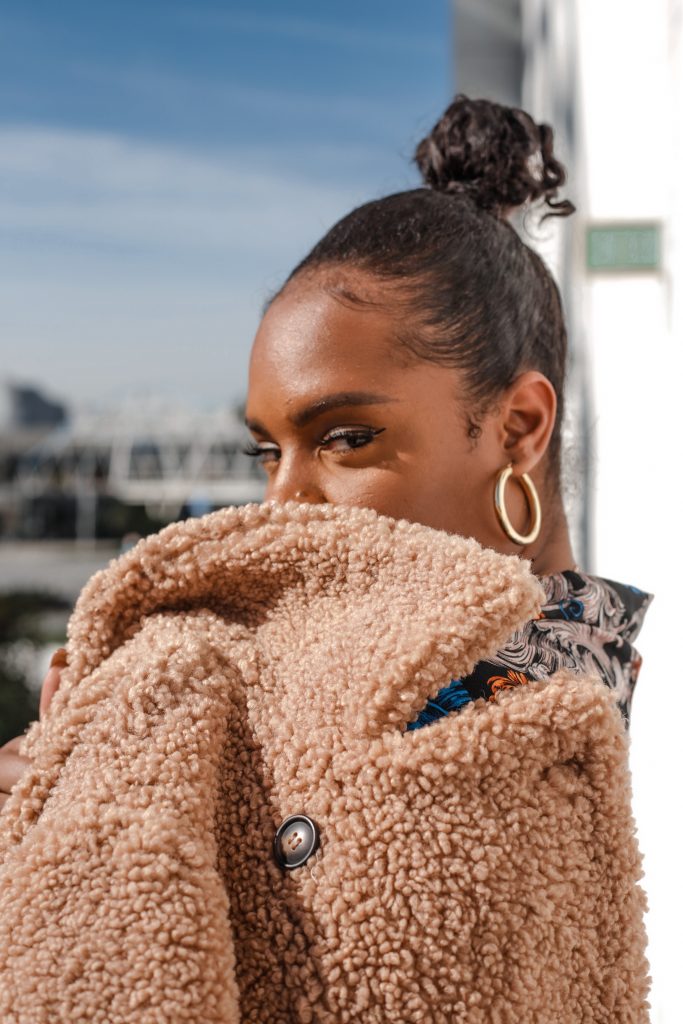
More often than not brands or PR agencies want to provide so much direction on what is claimed to be a collaboration, that it removes the personality from the influencer they’ve reached out to. Taking away the entire reason they wanted to work with them in the first place. Ultimately causing a rift between the influencer and their audience because the ad doesn’t line up with who they’ve known the influencer to be. Sure the influencer has some responsibility in accepting the project but the real onus is on the brand for not finding the right collaborator from the start. Instead only paying attention to the numbers and then being confused when the sales they longed for don’t show up.
As a rule I don’t eat fast food, no judgment on anyone else, it’s just not my cup of tea. Anyone who knows me knows I’m not keen on eating anything that has melted cheese. I host culinary television show and can be seen as an expert on food; but if I come guns blazing down your Instagram feed touting the glory of Domino’s there’s going to be a disconnect. People are going ask why I’m supporting a brand and a food that I don’t even eat. Meaning for the very low price of free pizza and maybe $1000, I’ve compromised the trust of my audience. Damn. I understand perfectly well why influencers say yes time and time again especially when stats like the industry being on track to be a $15 million dollar business continue to be mentioned. Everyone wants a piece of that pie. Me included. What I’m not willing to do for that slice is connect myself with brands that don’t share the same mission as me.
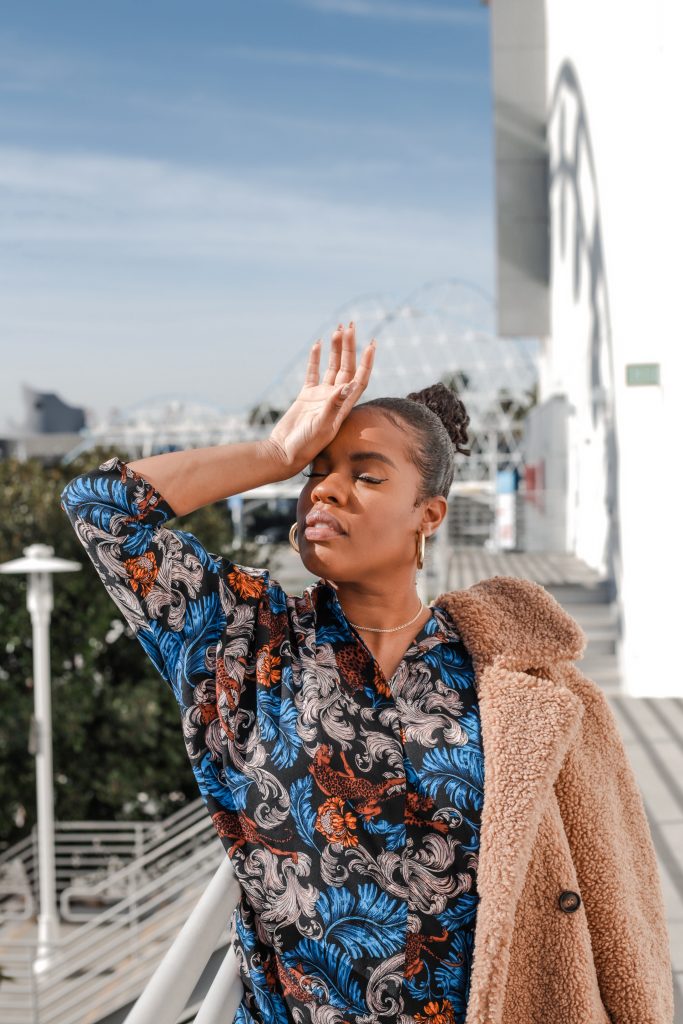
Brands should hold themselves to the same standard. I discussed in a previous post where brands continue to go wrong in this business, and with articles like the aforementioned we see it’s still the common practice. During this pandemic what brands need to be figuring out is how they’re going to realign themselves with the creative community. They should be, paraphrasing the words of the great late Black Enterprise founder, Earl Graves Sr., “selling to the needs of the people not the needs of the company.” Nothing will be the same after this situation comes to an inevitable end, which is great in some sense for sure. It also means there will have to be some adjustments made to business as usual. Hospitality brands will have to do more than just shell out comped stays for those with massive followings. Rather opting for people who love to discover the world and encourage their audience to do the same. Clothing companies should connect with those who are not just sharing photos of the items gifted but sharing why wearing that brand resonates with them. Even if it’s just because it’s what they can afford.
Times of crisis always show what we’re made of. This pandemic is showing how some influencers could care less about what their audience actually needs from them and would rather just rake in cash or product from any and everywhere. It showing how creative or how empty some people really are. That has nothing to do with how they spend their money but more about how they can connect with people when the world is changing. If you can still only tell me about a sweatsuit being on sale; you’re missing it boo. We hate to see it. Or maybe we don’t, but it’s lame.
Like I said on Twitter the other day as the Arielle Charnas situation unfolded, “This woman is notorious for her obscenely ignorant behavior. And I hope after this she loses all the notoriety that she’s attained and these brands & companies distance themselves from her forever. It’s ridiculous at this point.” While Arielle is complicit in her abhorrent behavior it is up to the brands that support her to see this as an example of what happens when they link themselves with someone whose moral compass is broken. And the decide to do better.
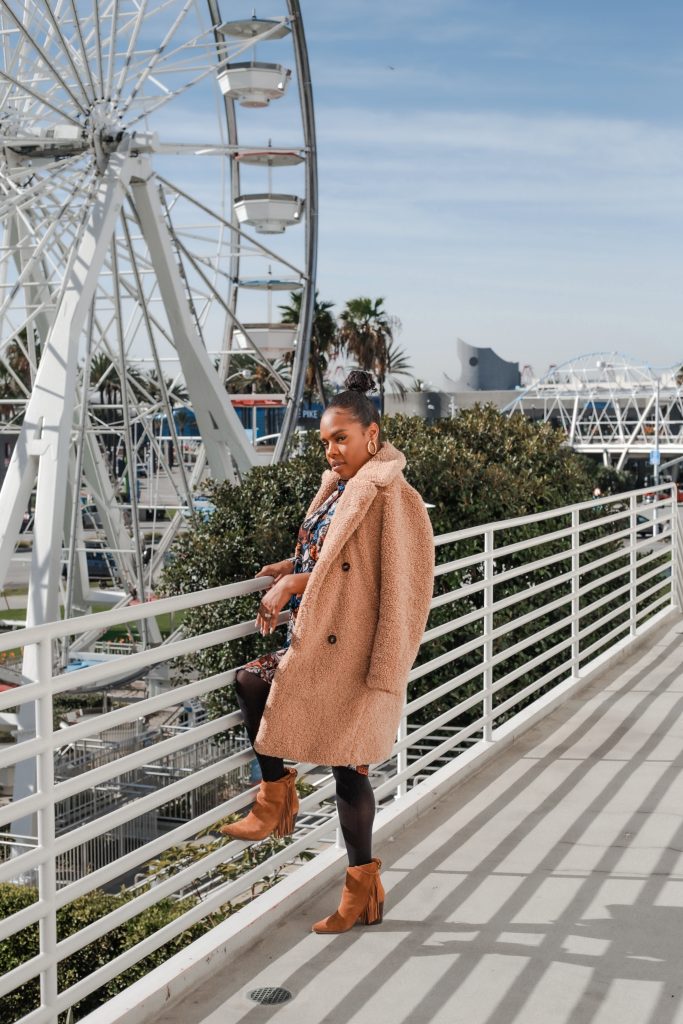
photography: @cookayemonster
I don’t think the influencer industry is done. 41% of millennials, older and younger, see social media as the place to direct them in all their purchases. That is reason enough to continue to use the consumer to consumer model as a way to engage in attracting buyers and audiences. If nothing else this pandemic will show us where we can right the wrong. It should pull the cream to the top, brands need to take it in house and revamp their reach. Stop with the incessant affiliate programs that only push sales and pay actual brand enthusiasts to share about the brand. Be willing to offer more than boxes of free product that goes unused after the IG story goes live. Pay these new age advertisers the money they deserve to create quality content that brings the eyes your brand needs.

Here’s to the end of this situation and to new things coming. Pandemic or not, this influencer will continue to encourage you to get after the life you want, no matter what.
be well,

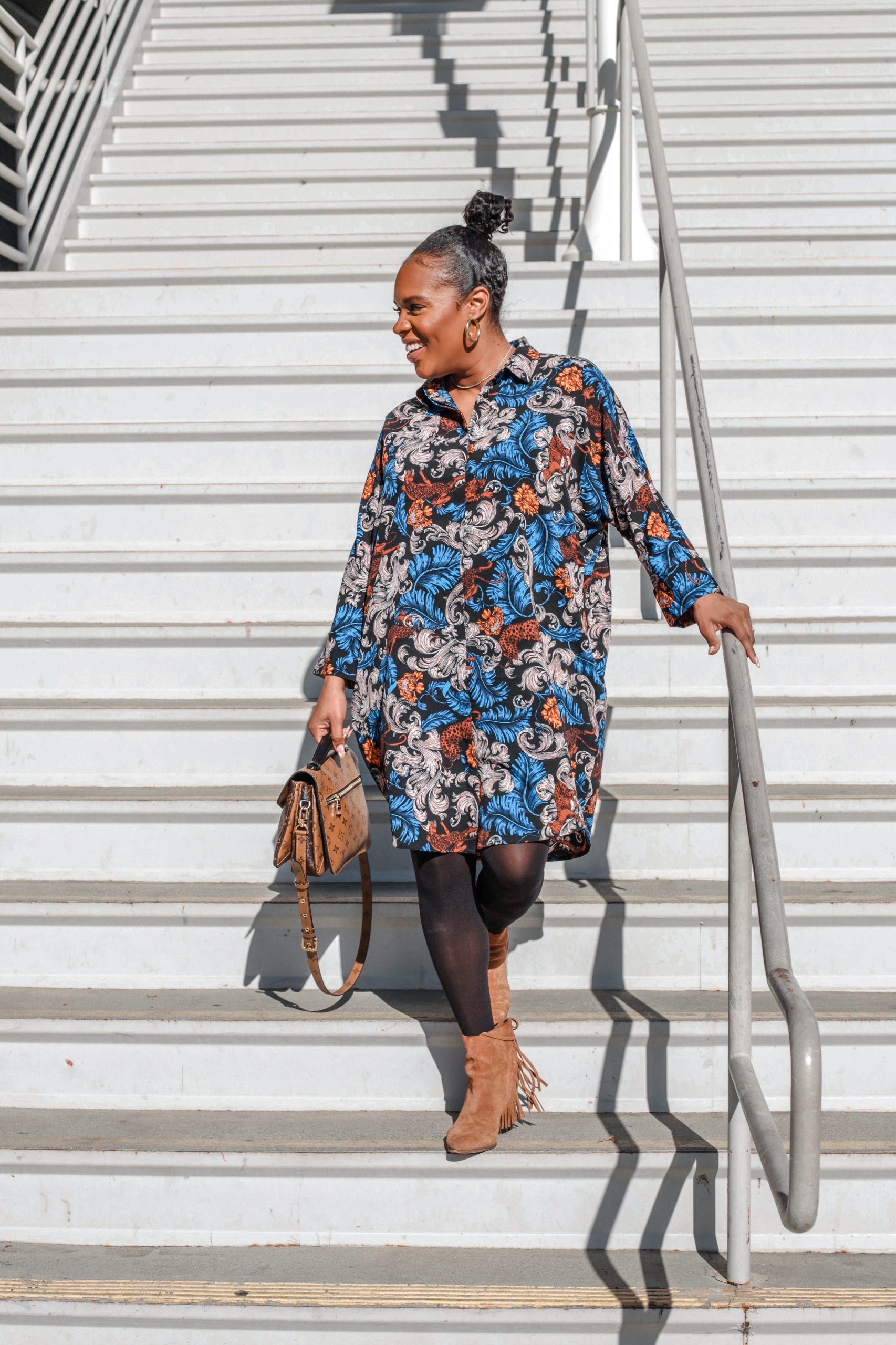


Comments +